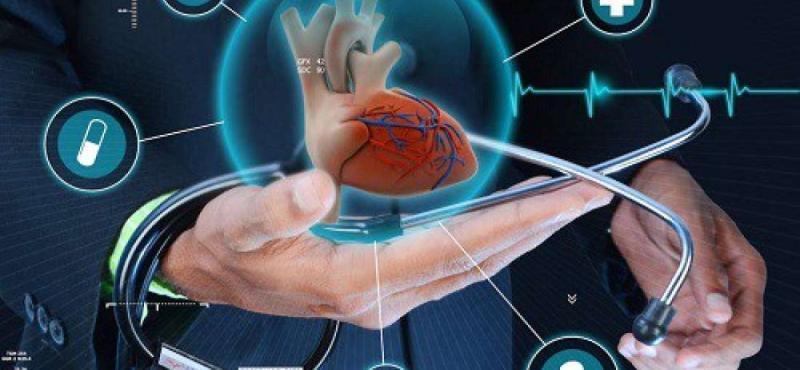Pacemakers
Pacemakers are small, battery-operated medical devices that are implanted in the chest or abdomen to help control abnormal heart rhythms. They work by sending electrical pulses to make the heart beat at a regular rate when the natural pacemaker (the sinoatrial node) is not functioning properly. Pacemakers can treat bradycardia, a slow or irregular heartbeat. The latest pacemakers are programmed to adapt to different heart rates during activities like exercise.
Implantable Cardioverter Defibrillators (ICDs)
ICDs are also implanted devices but they can treat both slow heart rhythms as well as fast and life-threatening ones like ventricular fibrillation. ICDs continuously monitor the heart's rhythm. If an abnormal rhythm like ventricular fibrillation is detected, the ICD delivers an electric shock to restore the heart's normal rhythm. ICDs help prevent sudden cardiac death from conditions such as ventricular fibrillation.
Cardiac Resynchronization Therapy (CRT) Devices
Cardiac Rhythm Management Devices, also known as biventricular pacemakers, are a type of pacemaker used to treat heart failure. They help coordinate the contractions of both lower chambers of the heart (ventricles) to improve pumping efficiency. CRT devices have pacing leads placed in both ventricles to help them contract at the same time instead of one lagging behind the other. This improves blood flow to the body.
Implantable Loop Recorders
These small devices are inserted just below the skin to continuously monitor and record the heart's rhythm. An implantable loop recorder can help diagnose intermittent heart rhythm problems that do not show up during regular Holter monitor testing. It has a much longer recording time of up to 3 years compared to standard external monitors.
Applications of Cardiac Devices
Here are some of the main conditions that cardiac rhythm management devices can help treat:
Bradycardia
A slow heartbeat less than 60 beats per minute can be treated with a permanent pacemaker. The pacemaker provides electrical impulses to make the heart contract at a normal rate. This addresses symptoms like dizziness and fainting from bradycardia.
Atrial Fibrillation
An abnormal heart rhythm characterized by rapid and irregular contractions of the atria. For some cases, cardiac devices like pacemakers can regulate the heartbeat and reduce AF symptoms. However, drugs are usually the first treatment approach.
Heart Block
A disrupted signal between the upper and lower heart chambers caused due to damage to the conduction system. Both complete and high-grade heart block requires a permanent pacemaker to maintain an adequate heart rate.
Get more insights on Cardiac Rhythm Management Devices

